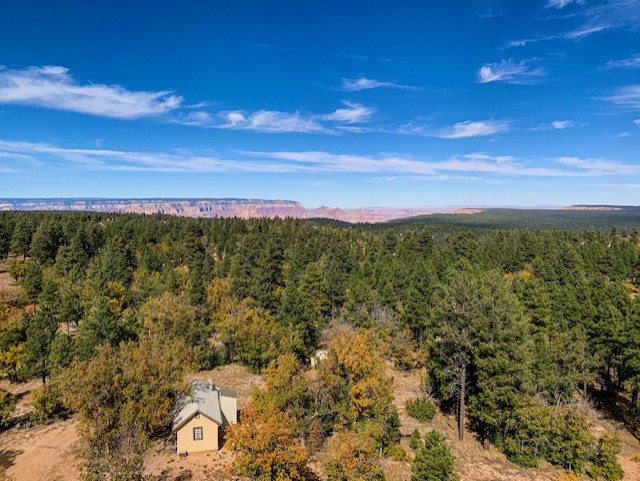Backpacking the Arizona Trail: Passage 37, Grand Canyon South Rim to Passage 36, Coconino Rim
AZT Day 16
Trans-Arizona/Utah Day 23
In the land of Arizona
Through desert heat or snow
Winds a trail for folks to follow
From Utah to Old Mexico
It’s the Arizona Trail
A pathway through the great Southwest
A diverse track through wood and stone
Your spirit it will test
Oh, sure you’ll sweat and blister
You’ll feel the miles every day
You’ll shiver at the loneliness
Your feet and seat will pay
But you’ll see moonlight on the borderlands
You’ll see stars on the Mogollon
You’ll feel the warmth of winter sun
And be thrilled straight through to bone
The aches and pains will fade away
You’ll feel renewed and whole
You’ll never be the same again
With Arizona in your soul
Along the Arizona Trail
A reverence and peace you’ll know
Through deserts, canyons, and mountains
From Utah to Old Mexico
-“The Arizona Trail,” Dale R. Shewalter
Day 16 on the AZT, and day 23 since departing Lee’s Ferry and crossing through Utah to get to this point. To read about my prior day and learn how I got here, check out this entry:
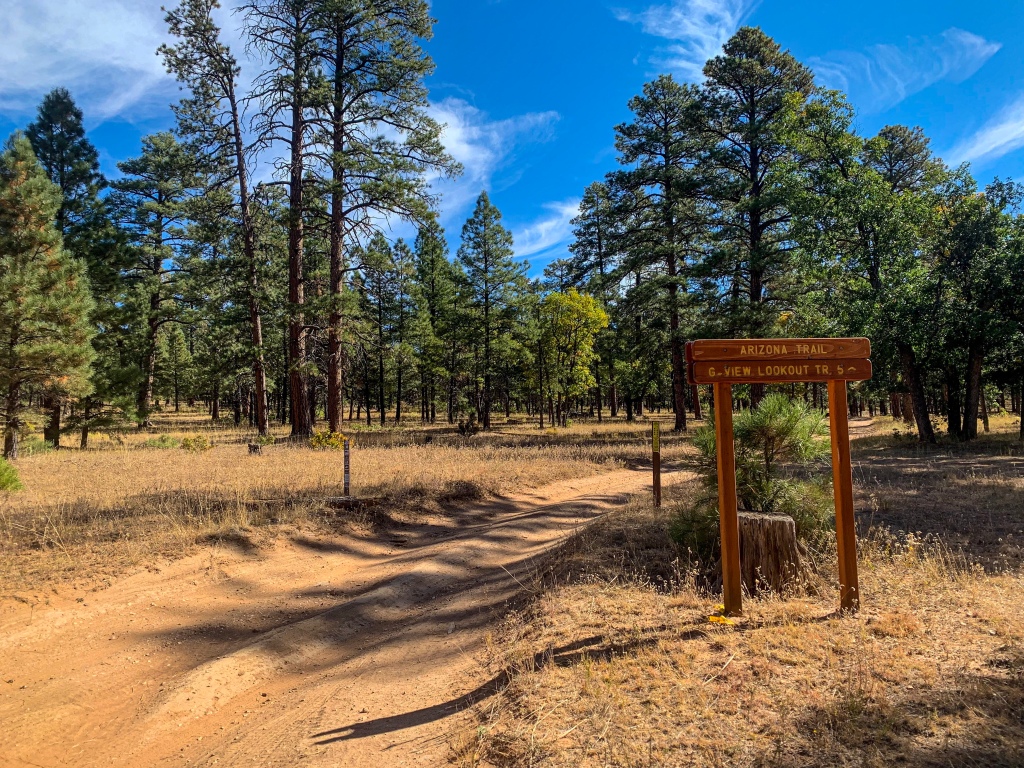
Arizona Trail Passage 37 (Grand Canyon South Rim)
Kaibab National Forest
Arizona Trail: Grandview West to Grandview Lookout
Slow start this morning due to the temperature. Still in the Kaibab National Forest. It was pretty chilly last night but having the tent helped keep the temperature up. Packing up, it’s about 3 miles to the Grandview lookout tower. I climb the tower for a nice view of Grand Canyon and the Coconino Plateau.

Arizona Trail Passage 37 (Grand Canyon South Rim)
Kaibab National Forest
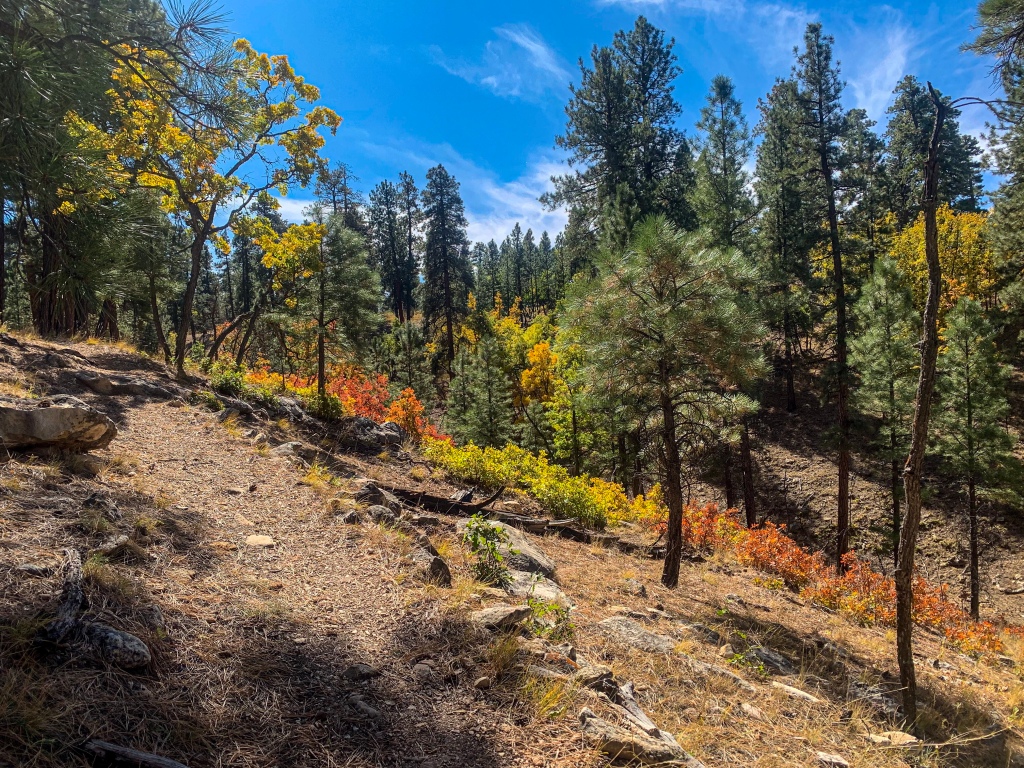
Arizona Trail Passage 37 (Grand Canyon South Rim)
Kaibab National Forest
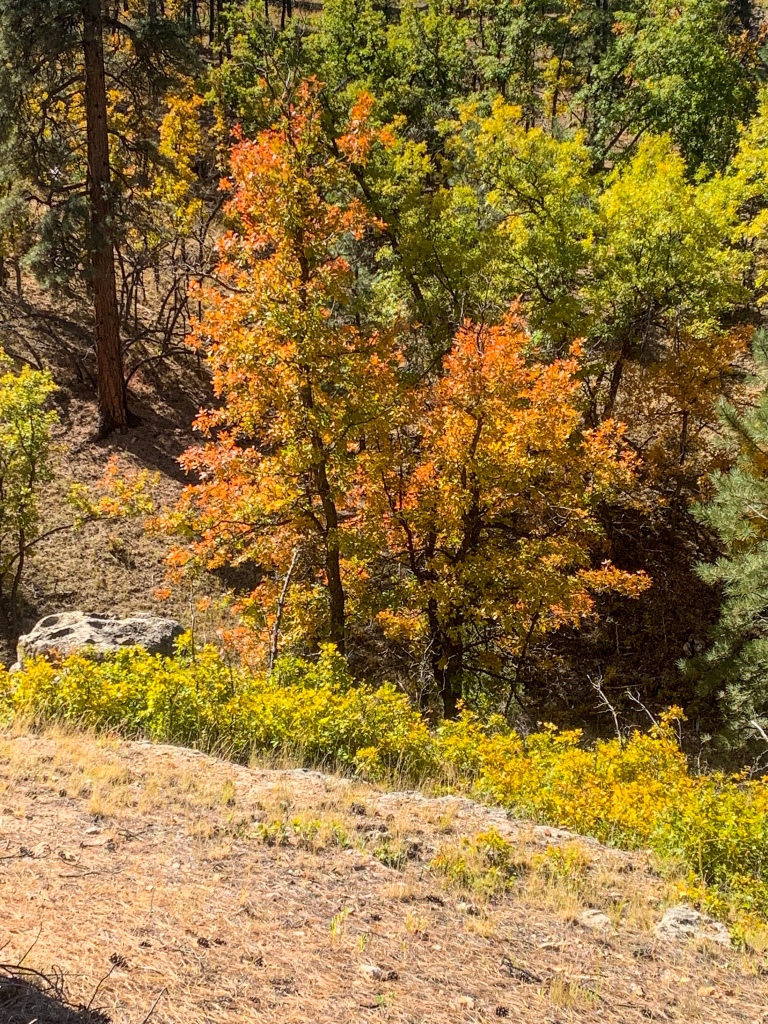
Arizona Trail Passage 37 (Grand Canyon South Rim)
Kaibab National Forest

Arizona Trail Passage 37 (Grand Canyon South Rim)
Kaibab National Forest

Arizona Trail Passage 37 (Grand Canyon South Rim)
Kaibab National Forest

Arizona Trail Passage 37 (Grand Canyon South Rim)
Kaibab National Forest
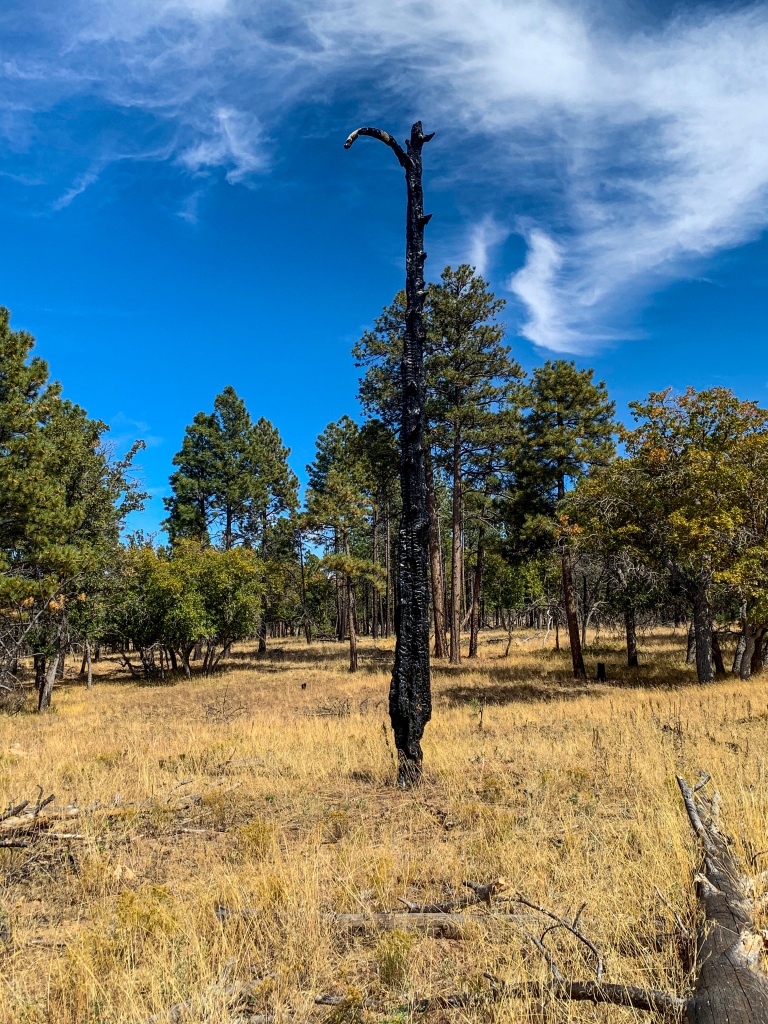
Arizona Trail Passage 37 (Grand Canyon South Rim)
Kaibab National Forest
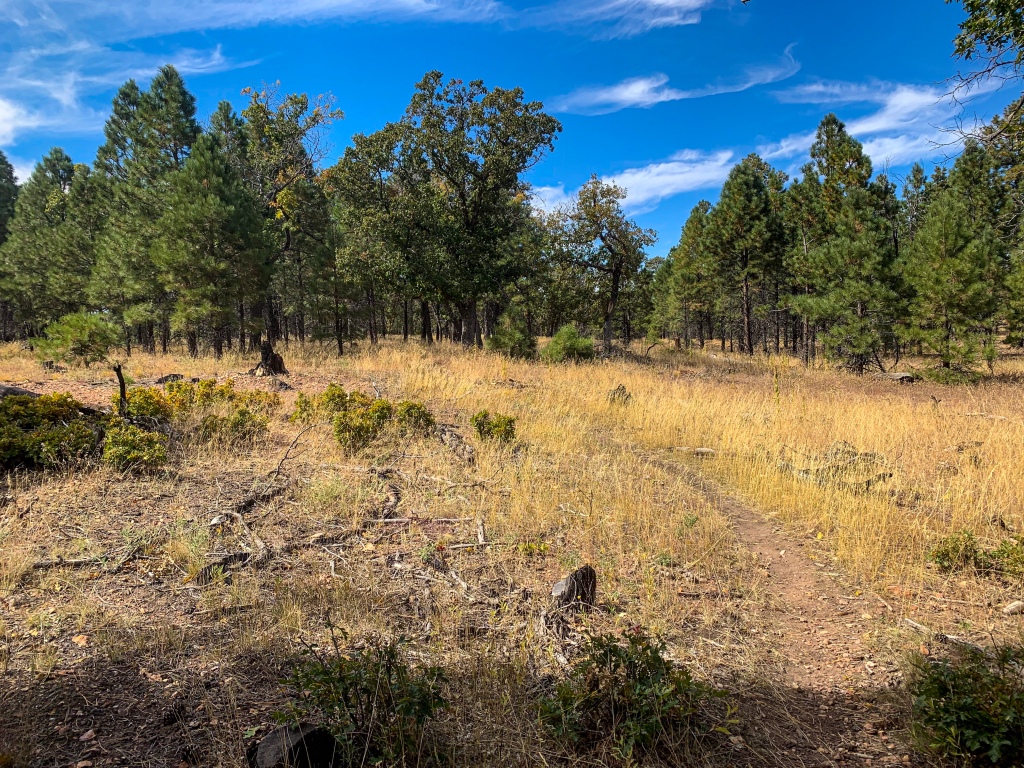
Arizona Trail Passage 37 (Grand Canyon South Rim)
Kaibab National Forest

Arizona Trail Passage 37 (Grand Canyon South Rim)
Kaibab National Forest

Arizona Trail Passage 37 (Grand Canyon South Rim)
Kaibab National Forest

Arizona Trail Passage 37 (Grand Canyon South Rim)
Kaibab National Forest
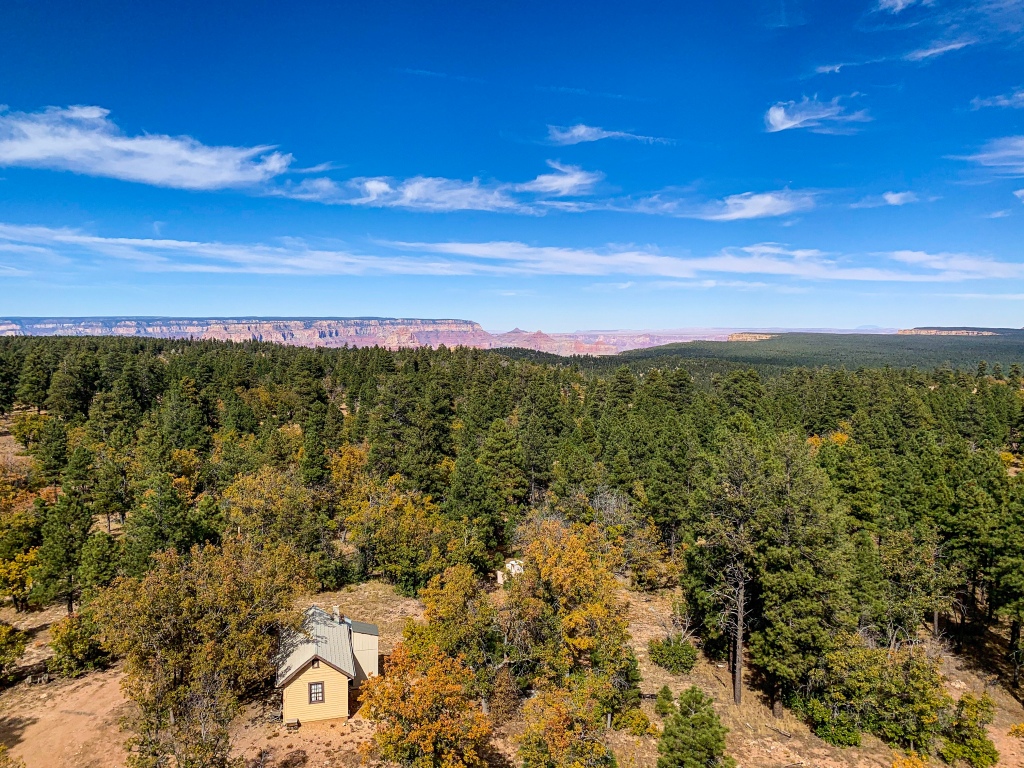
Arizona Trail Passage 37 (Grand Canyon South Rim)
Kaibab National Forest

Arizona Trail Passage 37 (Grand Canyon South Rim)
Kaibab National Forest

Arizona Trail Passage 37 (Grand Canyon South Rim)
Kaibab National Forest

Arizona Trail Passage 37 (Grand Canyon South Rim)
Kaibab National Forest
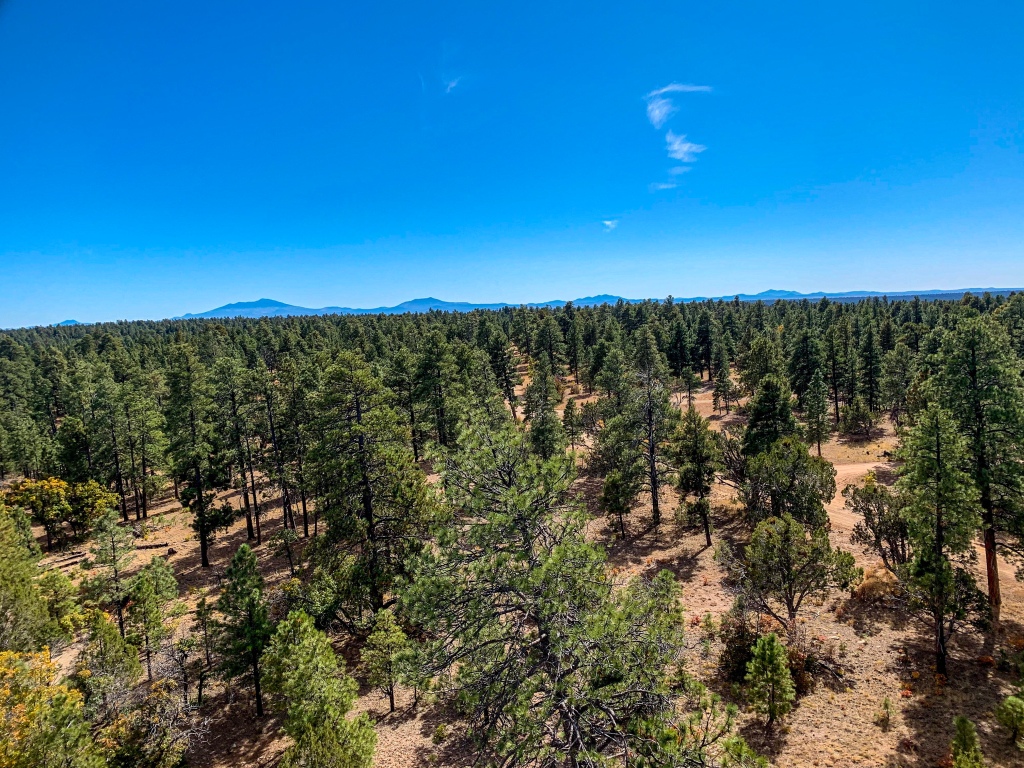
Arizona Trail Passage 37 (Grand Canyon South Rim)
Kaibab National Forest

Arizona Trail Passage 37 (Grand Canyon South Rim)
Kaibab National Forest
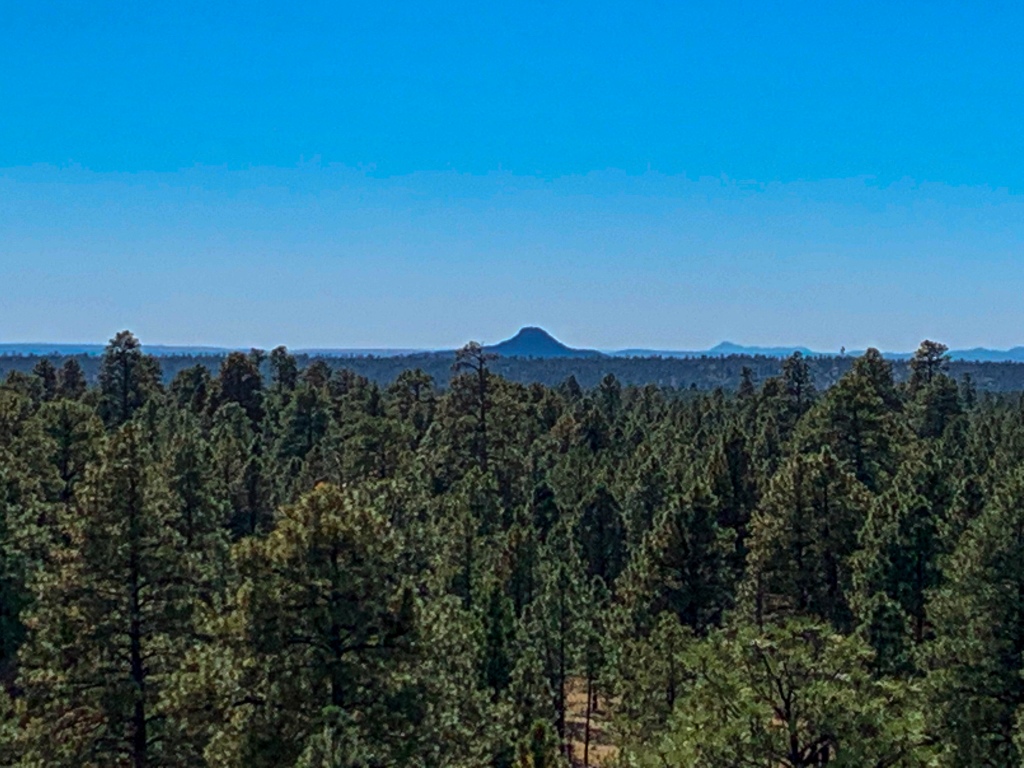
Arizona Trail Passage 37 (Grand Canyon South Rim)
Kaibab National Forest
Grandview Lookout to Dwarf Mistletoe Interpretive Trail
Continuing, the trail passes under a ceremonial archway and do an interpretive trail regarding dwarf mistletoe on the east side of the lookout tower.
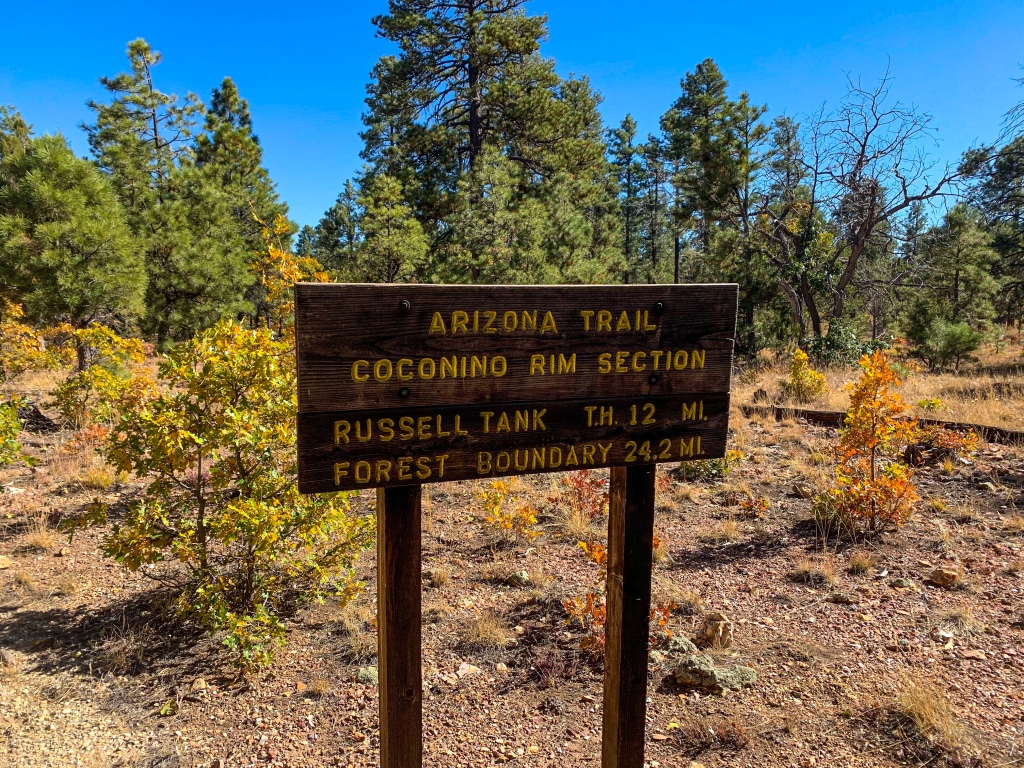
Arizona Trail Passage 36 (Coconino Rim)
Kaibab National Forest
Dwarf mistletoe is a parasitic plant that impacts Southwest conifer forests.
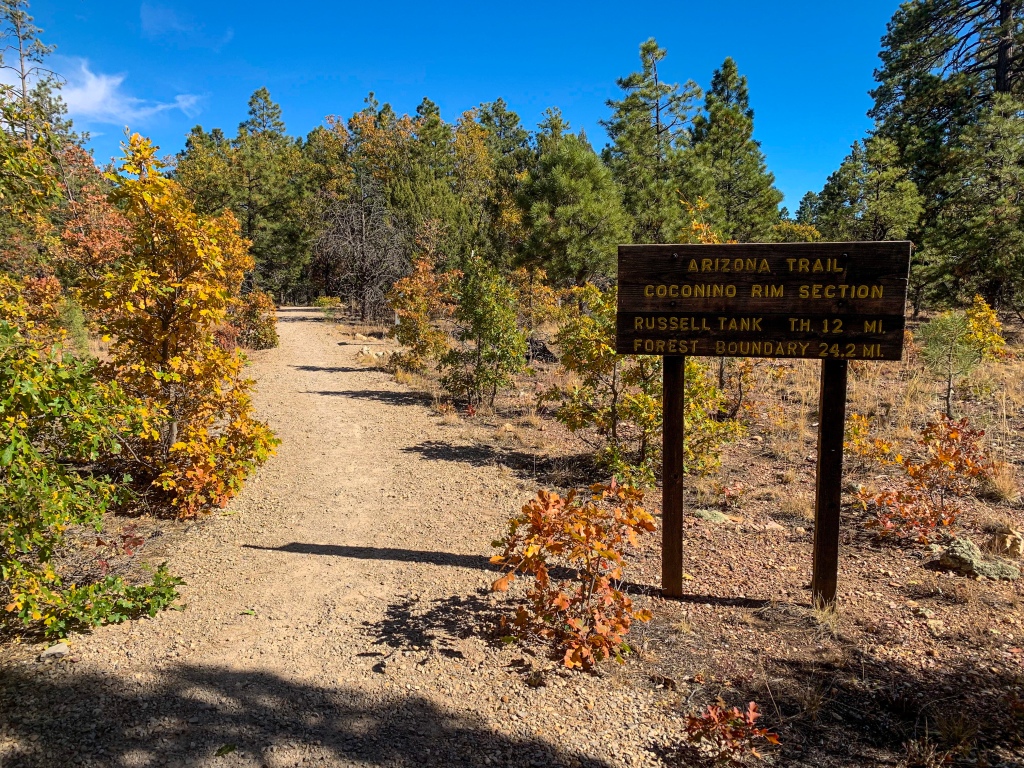
Arizona Trail Passage 36 (Coconino Rim)
Kaibab National Forest
Kaibab National Forest’s Dwarf Mistletoe Interpretive Trail
Dwarf mistletoes are dioecious (individual male/female) plants. It shoots sticky seeds up to 60 mph for distances of 15-40 ft. Most seeds fail to land on suitable hosts, but those that do stick to and implant themselves beneath the bark of the host and begin living off of it, growing “roots” into the host to extract nutrients and water.
Southwest dwarf mistletoe make up the particular species in the Kaibab National Forest. Mistletoe spreads throughout the tree, taking more and more nutrients, leading to portions of the tree starting to die. The tree often starts to die from the top. When there are not enough live branches remaining, the whole tree dies, often as the result of outside attack (such an insects) on the tree already stressed by the mistletoe.
Witches’ brooms are a common result of dwarf mistletoe infestations; the more that form on a given tree, the worse the infestation on the tree, but they also provide habitat for other animals. Trimming such branches can help control the spread and reduce the degradation of a given tree, but it is also expensive and typically only conducted in areas close to commonly-traveled areas like campgrounds.
Longtime fire suppression tactics, which have since been changed but the effects of which take time to change themselves, contributed to artificially high densities of trees in ponderosa forests; natural wildfire and thinning help manage dwarf mistletoe. And it becomes clear, walking through the forest, that the areas where the spacing between trees is greater, due to natural fires and prescribed burns, the forest is healthier. But the walk through the pines is magnificent regardless.
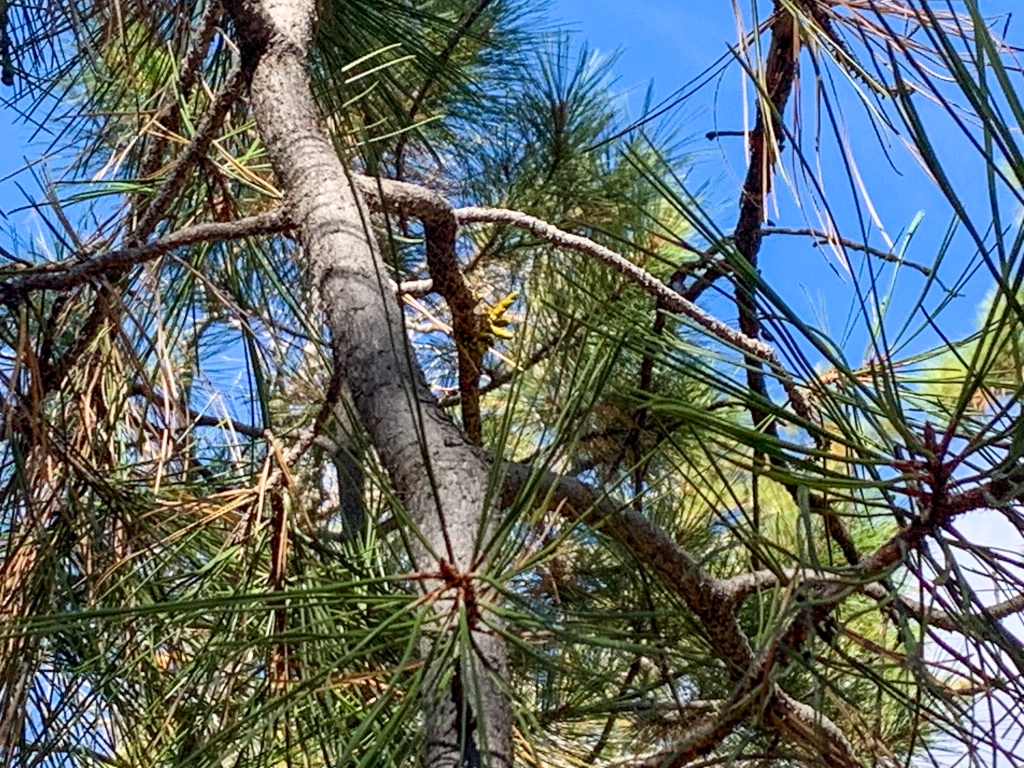
Arizona Trail Passage 36 (Coconino Rim)
Kaibab National Forest
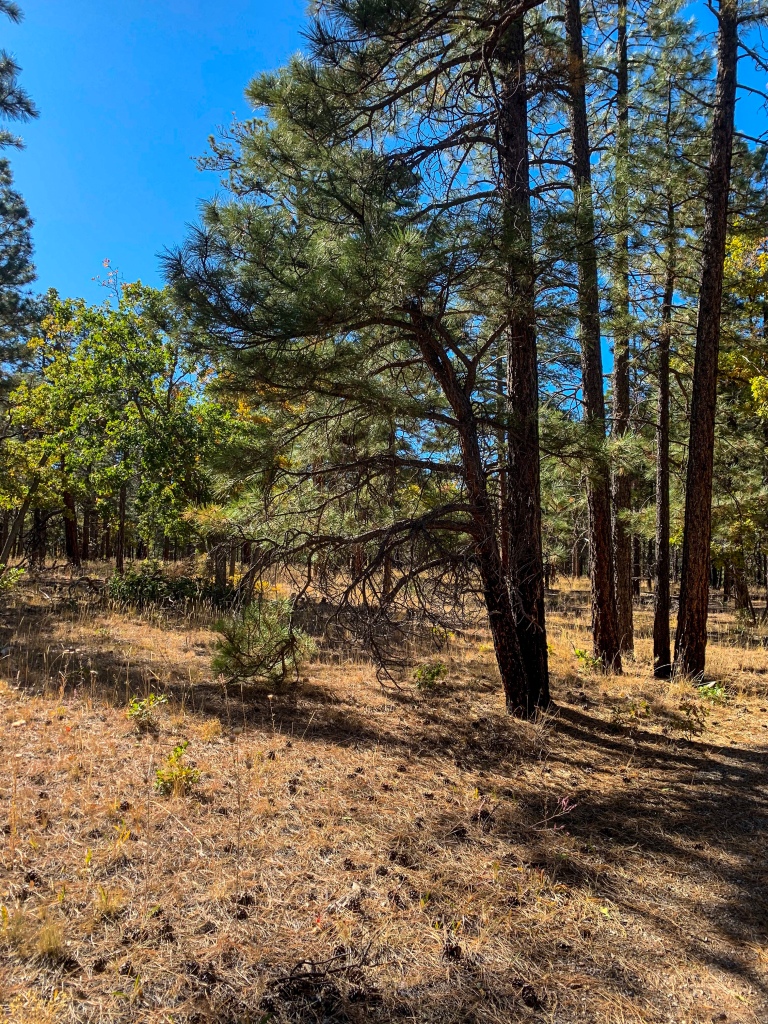
Arizona Trail Passage 36 (Coconino Rim)
Kaibab National Forest

Arizona Trail Passage 36 (Coconino Rim)
Kaibab National Forest

Arizona Trail Passage 36 (Coconino Rim)
Kaibab National Forest
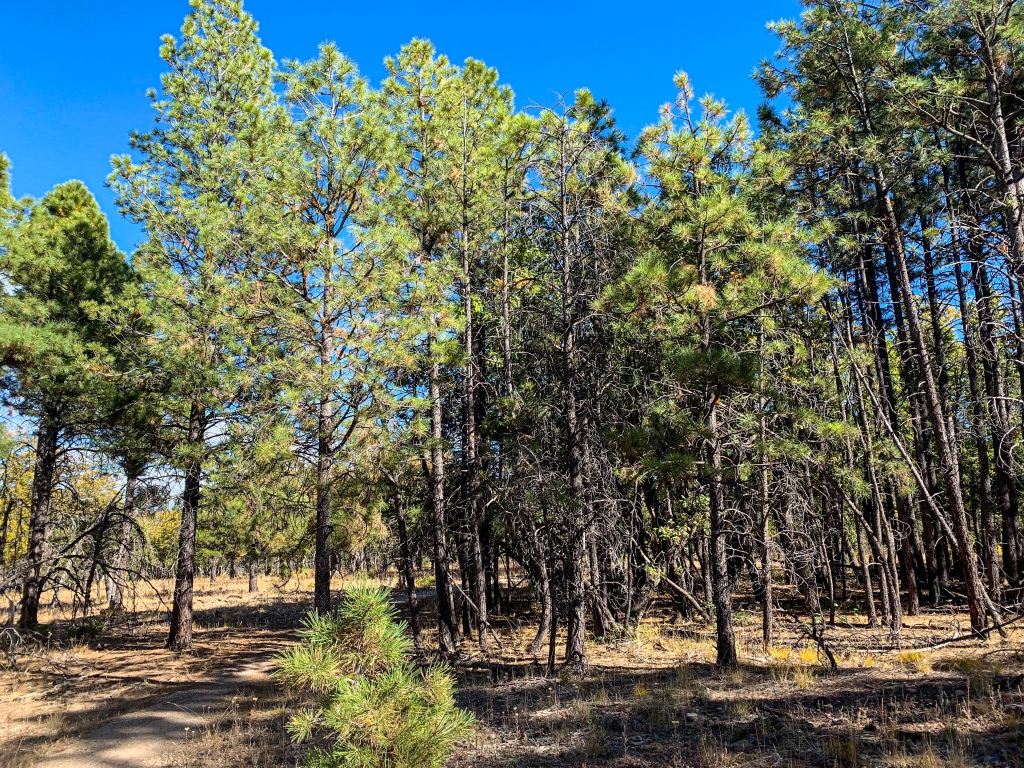
Arizona Trail Passage 36 (Coconino Rim)
Kaibab National Forest
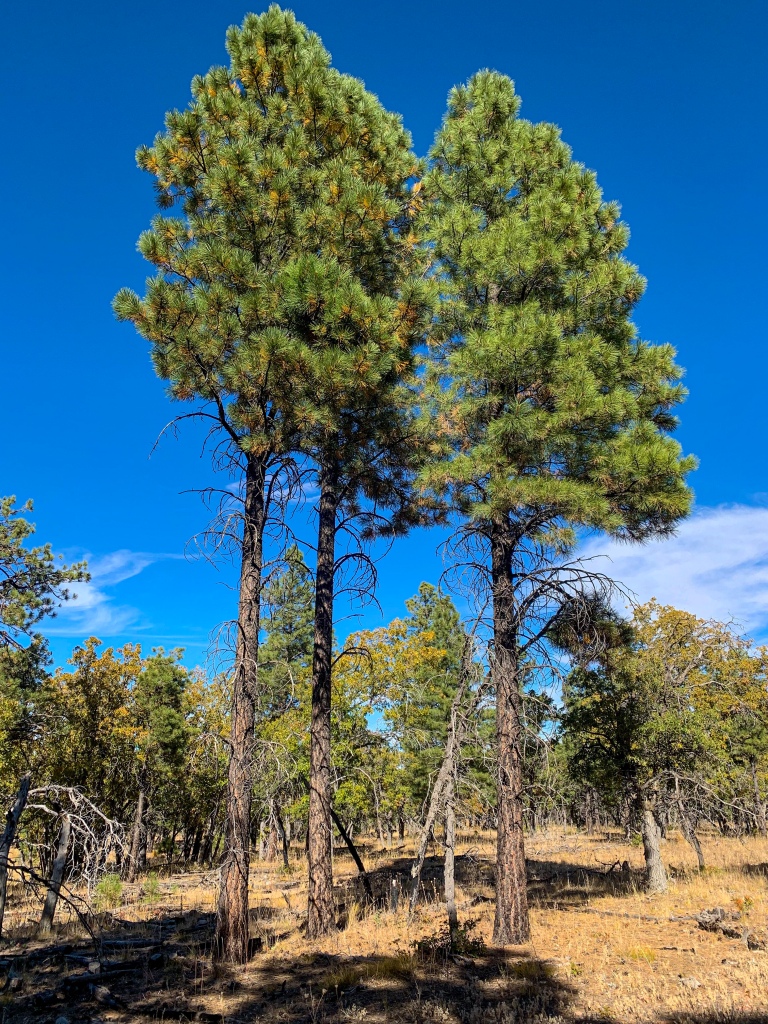
Arizona Trail Passage 36 (Coconino Rim)
Kaibab National Forest
Arizona Trail: Dwarf Mistletoe Interpretive Trail to Coconino Rim Campsite
The trail approaches and begins to trace the Coconino Rim to tonight’s campsite. The end of the day brings some particularly spectacular views of the eastern portion of Grand Canyon, including Cape Royal and Cape Final on the North Rim as well as Moran Point, Lipan Point, and Desert View on the South Rim. The Navajo Nation can also be seen in the distance, and the distinct landscape change that accompanies the elevation drop from the Coconino Plateau to the Nation. While it is a challenge, I do find healthy ponderosas along the way too. I find a campsite relatively close to the rim beneath a ponderosa near the trail, and crash for the night.
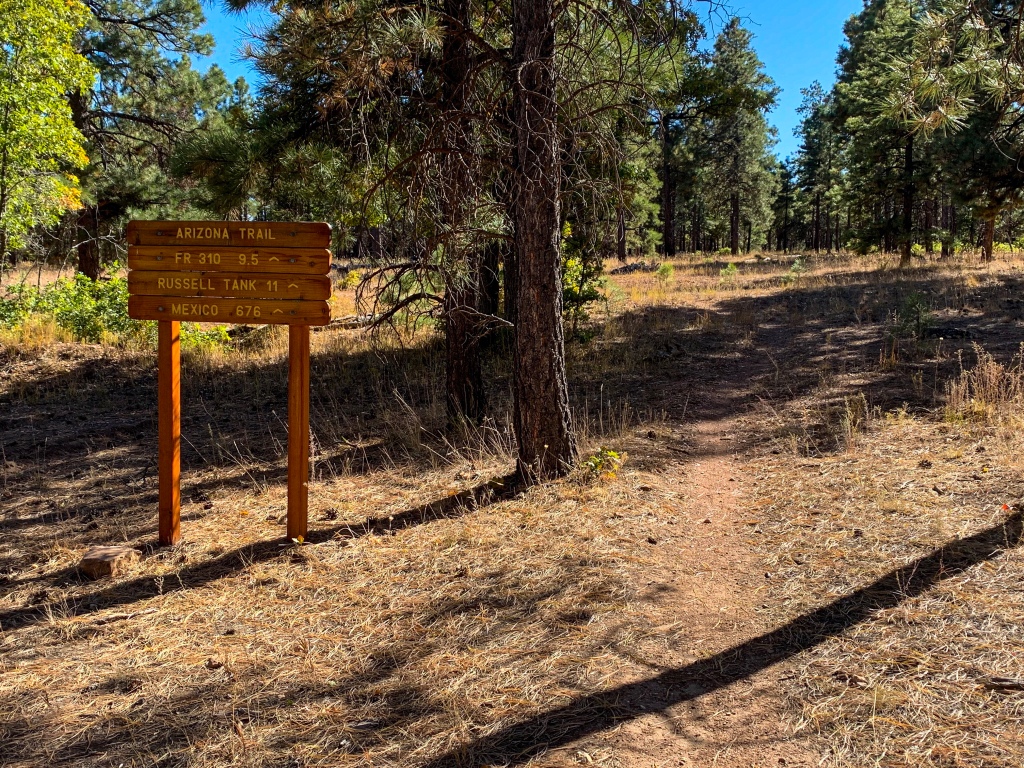
Arizona Trail Passage 36 (Coconino Rim)
Kaibab National Forest
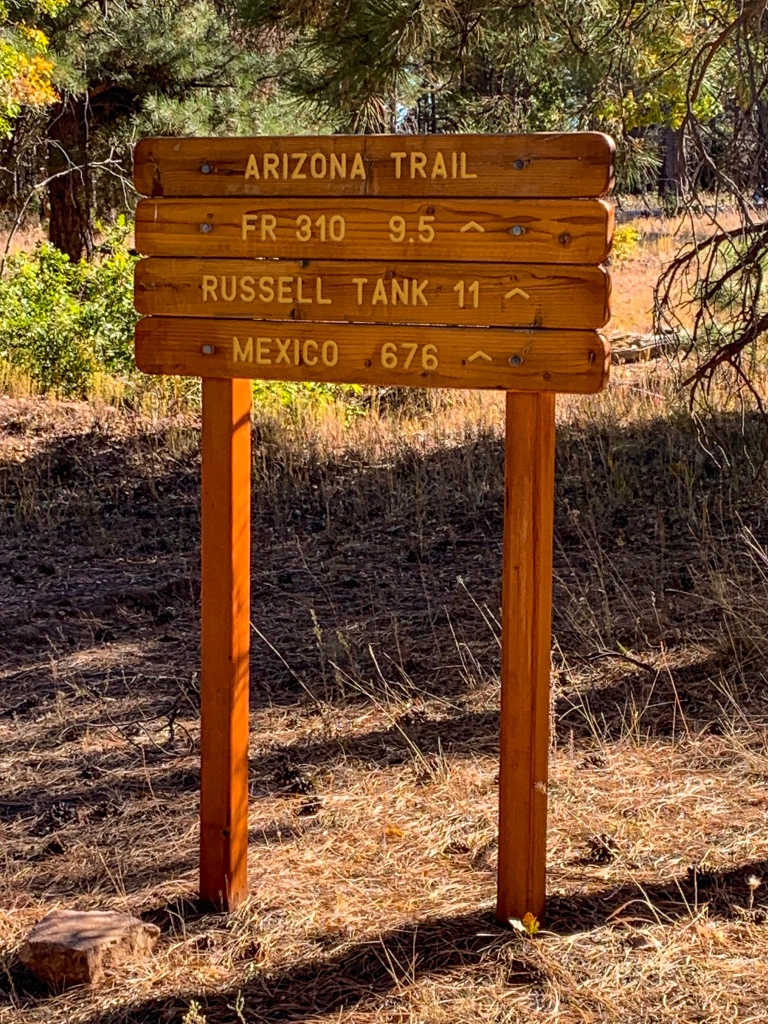
Arizona Trail Passage 36 (Coconino Rim)
Kaibab National Forest
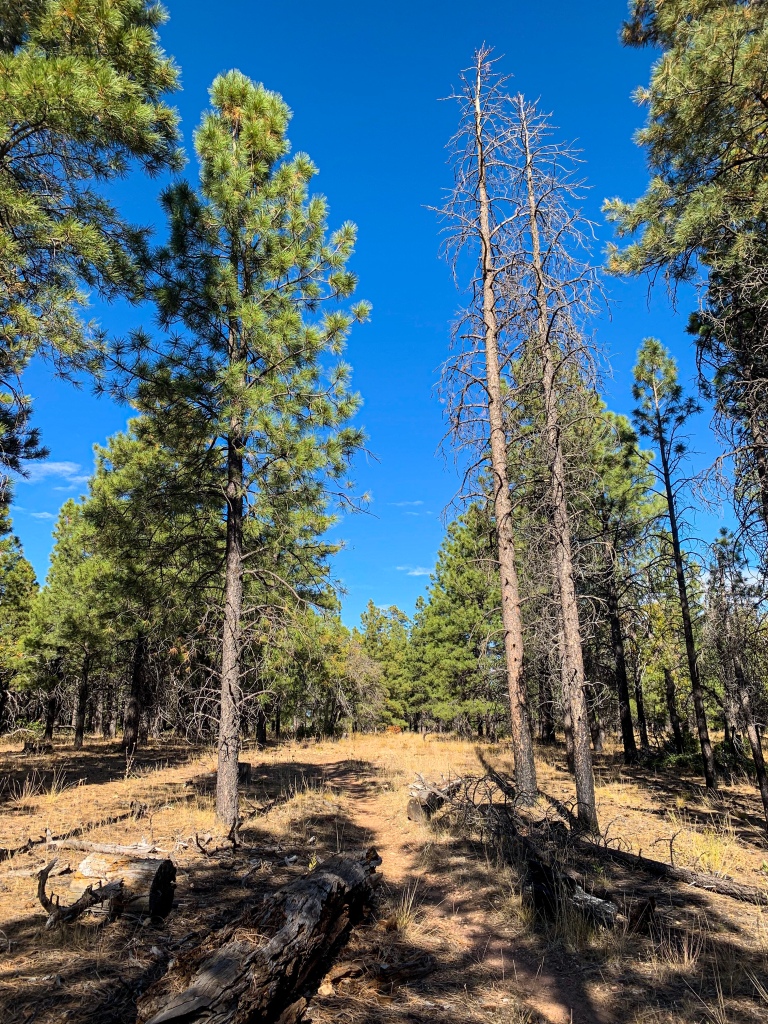
Arizona Trail Passage 36 (Coconino Rim)
Kaibab National Forest

Arizona Trail Passage 36 (Coconino Rim)
Kaibab National Forest

Arizona Trail Passage 36 (Coconino Rim)
Kaibab National Forest
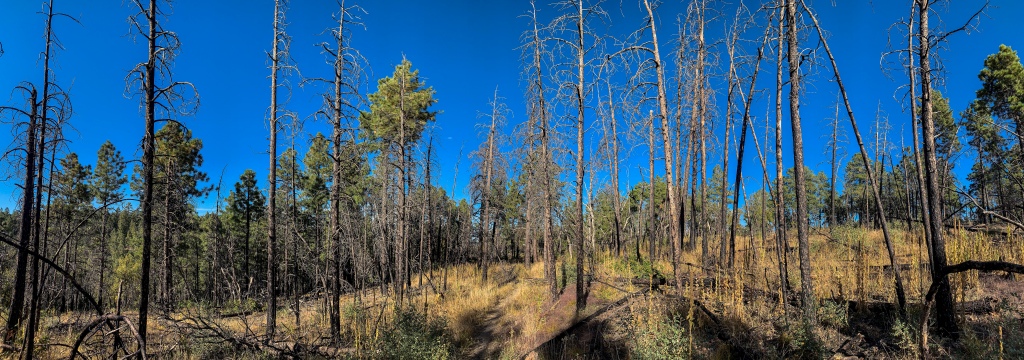
Arizona Trail Passage 36 (Coconino Rim)
Kaibab National Forest

Arizona Trail Passage 36 (Coconino Rim)
Kaibab National Forest

Arizona Trail Passage 36 (Coconino Rim)
Kaibab National Forest
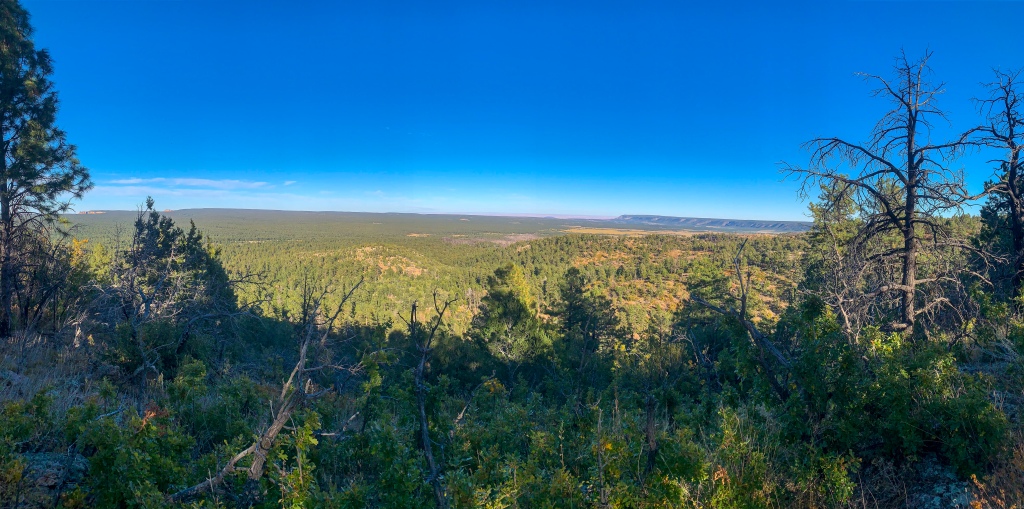
Arizona Trail Passage 36 (Coconino Rim)
Kaibab National Forest
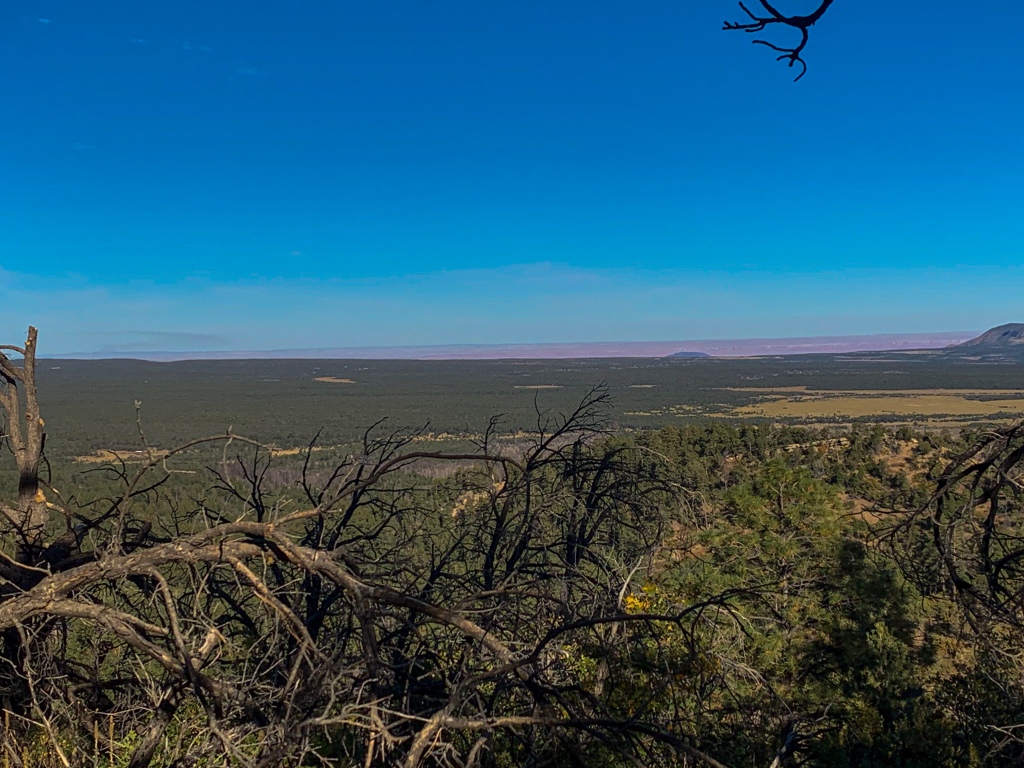
Arizona Trail Passage 36 (Coconino Rim)
Kaibab National Forest
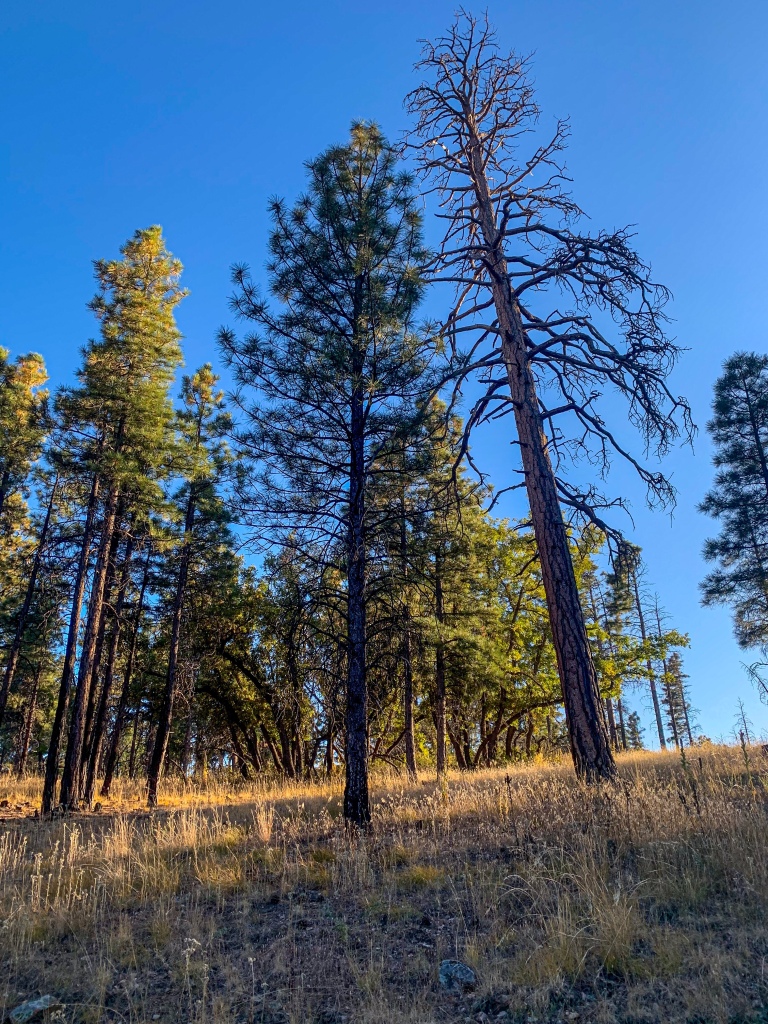
Arizona Trail Passage 36 (Coconino Rim)
Kaibab National Forest

Arizona Trail Passage 36 (Coconino Rim)
Kaibab National Forest
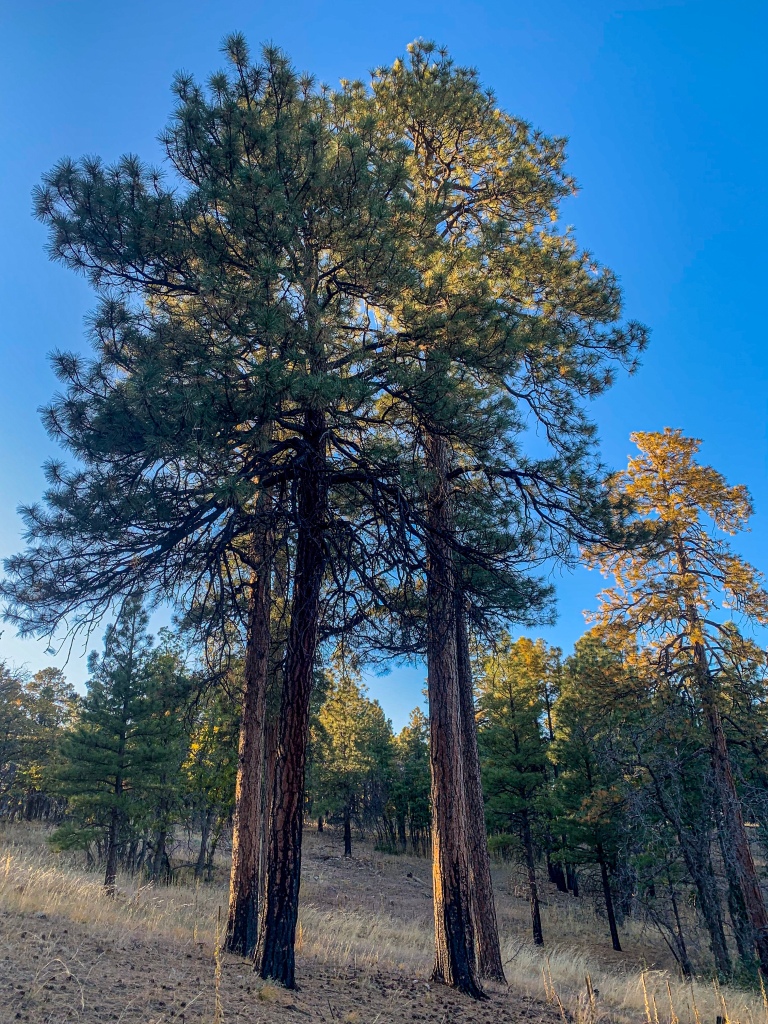
Arizona Trail Passage 36 (Coconino Rim)
Kaibab National Forest

Arizona Trail Passage 36 (Coconino Rim)
Kaibab National Forest
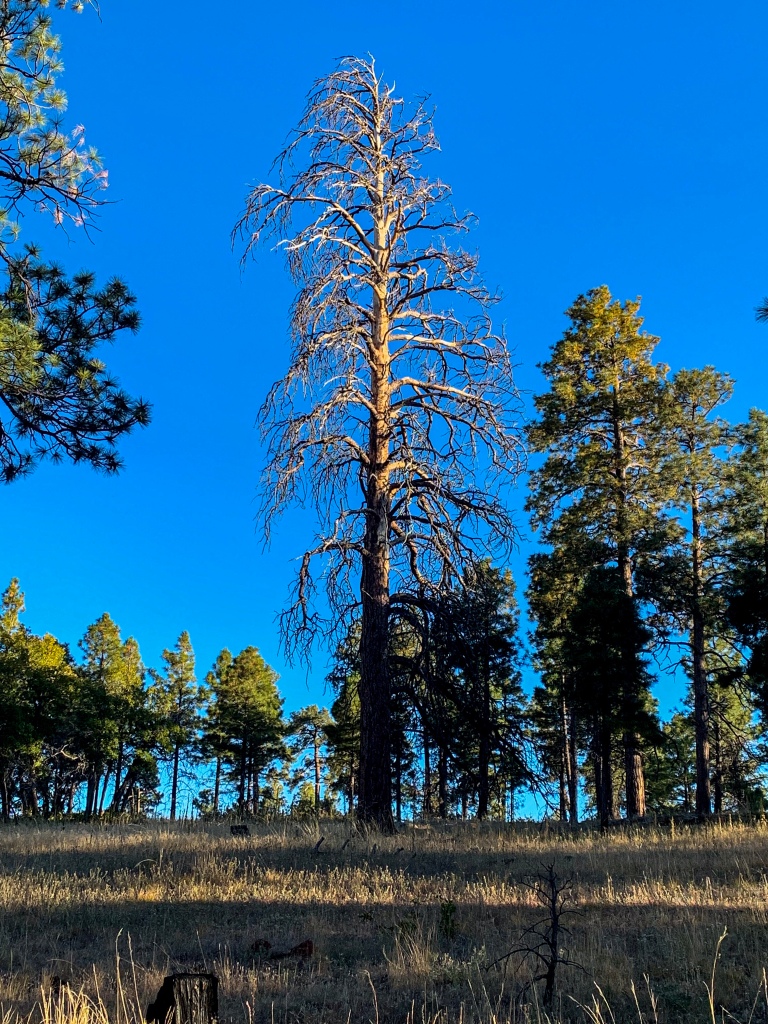
Arizona Trail Passage 36 (Coconino Rim)
Kaibab National Forest

Arizona Trail Passage 36 (Coconino Rim)
Kaibab National Forest
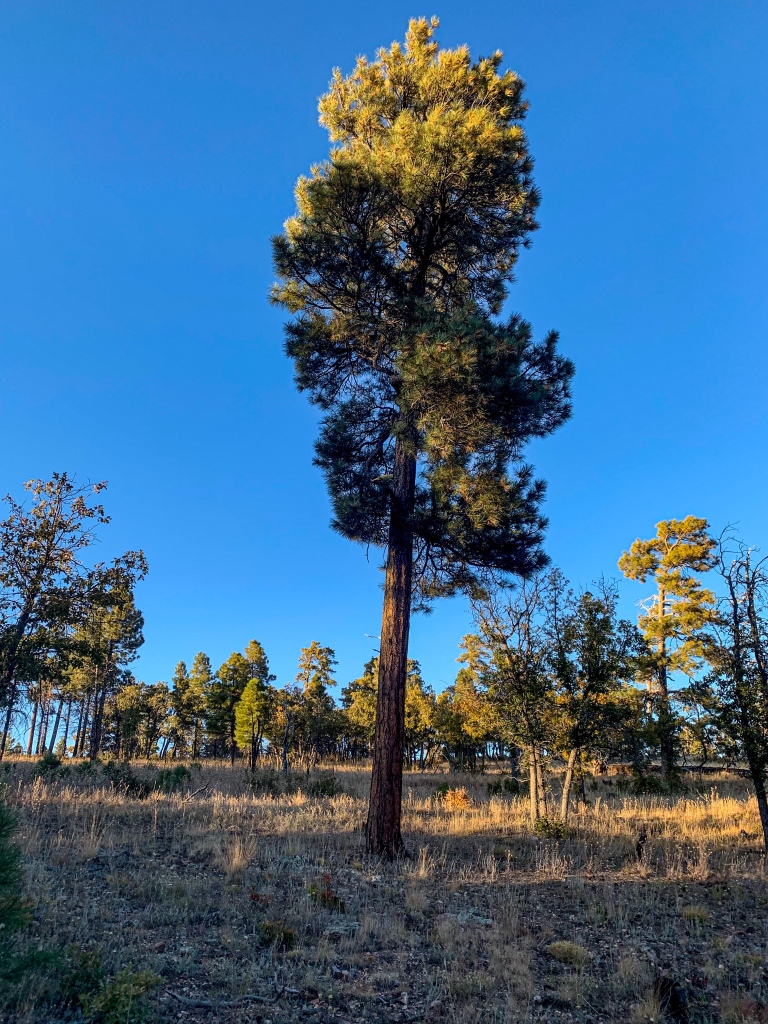
Arizona Trail Passage 36 (Coconino Rim)
Kaibab National Forest
For my other entries on hiking the AZT in Grand Canyon, check out the following:
Amazing, Stunning Arizona Trail: Grand Canyon North Rim-Roaring Springs – Aspen’s Tracks (aspenstracks.com)
Amazing, Spectacular Arizona Trail: Grand Canyon, Roaring Springs-Ribbon Falls – (aspenstracks.com),
https://aspenstracks.com/arizona-trail-day-8-grand-canyon-ribbon-falls-to-bright-angel-campground/
Amazing, Spectacular Arizona Trail – Bright Angel CG (Colorado River)-South Rim – (aspenstracks.com)
For the National Park Service official advice on day hiking and backpacking below the rim at Grand Canyon, including on the AZT, check out the following:
Introduction to Backcountry Hiking (nps.gov)
Day Hiking – Grand Canyon National Park (U.S. National Park Service) (nps.gov)
Passage Logistics and Ecology Report
| Passage 36 | |
| Trail Surface | Dirt singletrack |
| Length (Mi) | 19 |
| Season | Spring-fall |
| Potential Water Sources | Wildlife Tank (mi 120.9 SOBO/667.8 NOBO) Wildlife Tank (mi 126.1 SOBO/662.6 NOBO) Russell Tank (mi 131.8 SOBO/656.9 NOBO) Russell Metal Tank (134.6 SOBO/654.1 NOBO) Anderson Tank (mi 136.1 SOBO/652.6 NOBO) Moqui Stage Station (potential public cache point) |
| Trailheads | North: Grandview Lookout Tower South: Moqui Stage Station |
| Trailhead Accessibility | North: Vehicular South: Vehicular |
| Ecosystems traversed | Great Basin Conifer Woodland Rocky Mountain montane conifer forest |
| Highlights | Views off Coconino Rim Views of Grand Canyon Ponderosa Forest Moqui Stage Station |
| Great Basin Conifer Woodland | Rocky Mountain Montane Conifer Woodland | |
| Common Trees/Shrubs | * Arizona alder * Holly-leaf buckthorn * Junipers * Oaks, including Arizona oak, canyon live oak, Emory oak, Gambel oak, scrub-live oak * Piñon pine * Red barberry * Serviceberry * Silktassels * Skunkbush * sugar sumac | * Ponderosa Pine * Southwestern white pine * Subalpine fir * White fir * Rocky Mountain maple * Bigtooth maple * Grey alder * Red birch * Red osier dogwood * Cliffbush * Mallow ninebark * New Mexican locust * huckleberry * bilberries |
| Common herbaceous plants | * Buckwheats * Globemallows * Lupines * Penstemons * Sego-lily * Wormwood | * fringed brome * Geyer’s sedge/elk sedge * Ross’ sedge * Bronze sedge/dry land sedge/hillside sedge/hay sedge/Fernald’s hay sedge * screwleaf muhly * bluebunch wheatgrass * Spruce-fir fleabane * wild strawberry/Virginia strawberry * Small-flowered woodrush * mountain sweet Cicely * bittercress ragwort * western meadow-rue * Fendler’s meadow-rue |
| Common succulents | * beehive cactus * Claret cup hedgehog cacti * Golden-flowered agave * Parry’s agave * Prickly pear cacti * Whipple cholla * Tonto Basin agave |
